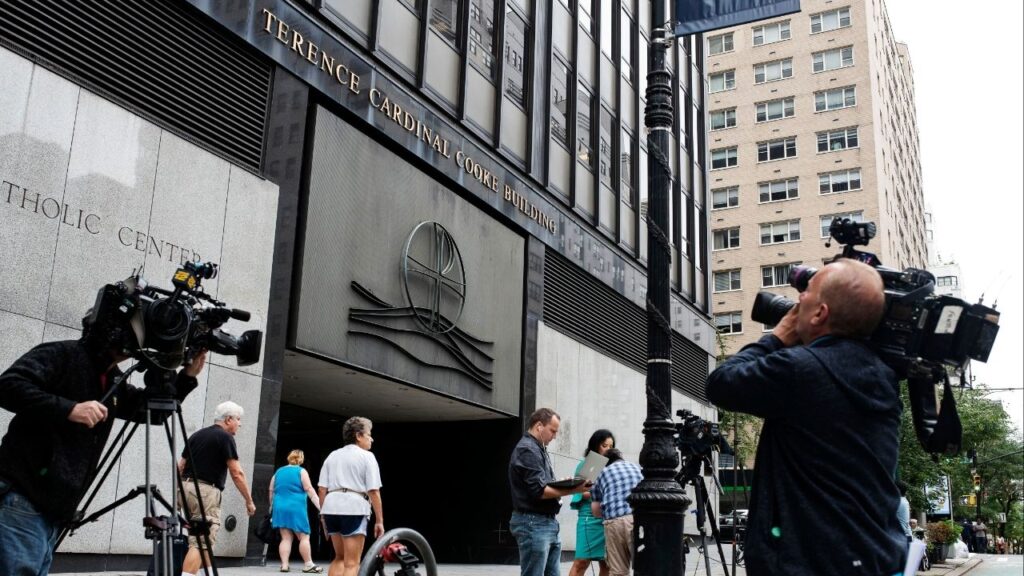Share
Mayor Jerry Dyer’s “One Fresno Housing Plan” should inspire interesting comments and divergent views today during the city council’s 1 p.m. special meeting.

Bill McEwen
Opinion
The report notes that Fresno’s housing market “is very competitive” and home prices are up 20.2% compared to last year, with the median price soaring to $367,000.
The report also cites a 2021 Los Angeles Times story that declared Fresno the nation’s “hottest housing market” and observes that Fresno has become a haven for people exiting the Bay Area and Los Angeles because of high housing costs.
However, the same report also declares that “Fresno has a glut of 28,310 single-family detached units over and above what Fresno households need based on household size.”
Try telling that to everyone who is paying $10,000 to $50,000 over the asking price for a home right now. Or paying so much for rent that there’s little left for anything else. Or living on the streets because their landlord raised the rent.
Perhaps the mayor and his staff should take a basic course in economics — and pay less attention to the sociologists.
Want to Lower Housing Costs? Increase Supply
Fresno can’t be the nation’s most overcooked housing market if it has 28,310 too many single-family homes. In that scenario, prices would plummet, builders would exit, and real estate agents would look for another line of work.
In addition, investigative reporters from all over the country would be parachuting into Fresno to tell the story of a local housing glut in a state that has 1.8 million fewer homes and apartment units than it needs. A housing shortage so severe that people are fleeing California for housing they can afford.
If Fresno is, indeed, the nation’s hottest housing market, the best way to cool the market and make homes more affordable is to increase supply.
You can also cool the market by raising interest rates, which President Biden has done in hopes of corraling inflation. But higher interest rates also price people out of the market. Thus renters who could afford to buy a year ago must continue to rent — thus delaying their opportunity to build equity in something they own.
However, there is an antidote to higher interest rates and that, too, is increasing home supply. While the borrower’s financing costs are higher, the home’s price goes down.
Homeownership Increases Family Wealth
For the record, about 46% of Fresno’s housing units are owner-occupied. That rate lags both California’s (55%) and the nation’s (65%).
This comparison is important to point out because homeowners accumulate significantly more net household wealth than renters. So, anything City Hall can do to help families buy their first home is conducive to positive generational changes for parents and their children.
One of the reasons Fresno suffers from concentrated poverty is that people of color for many years were barred from buying homes because of redlining — the practice of denying mortgages based on race. A housing shortage, which Fresno clearly has, is just redlining in another form.
Mayor Dyer, Fresno City Council President Nelson Esparza, and councilmember Miguel Arias all have told GV Wire that Fresno’s housing crisis is driven by a shortage of all types of housing: affordable, market-rate, and both transitional and emergency for homeless people.
If city leaders truly want to end the city’s housing crisis, they will come up with strategies and funding that make safe and healthy housing affordable to many more people than it is now.
The path to success begins with ignoring the sentence in the report about Fresno having 28,310 more homes than it needs.
RELATED TOPICS:
Categories

Visalia Officer Arrested in Off-Duty Domestic Violence Case

















